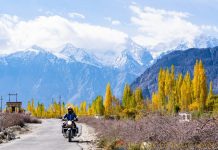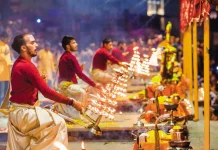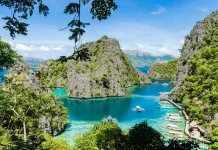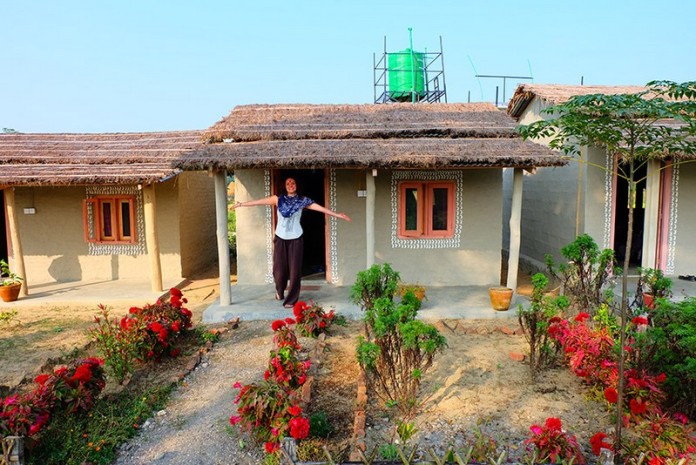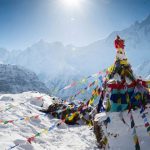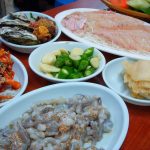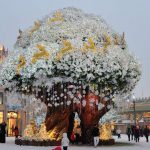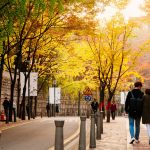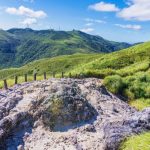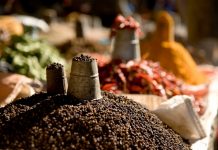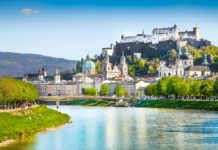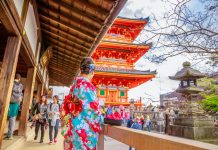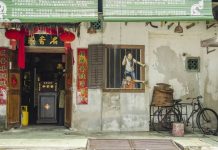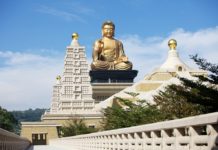Travel blogger Lauren Marinigh travels to a Planeterra-supported homestay to find a community committed to sharing its way of life with the world. Travelling through Nepal, I was confronted for the first time by the fact that my decision to visit a place could have a tangible impact on its economy. From the local restaurants, owned and operated by the most humble, thankful people you’ll meet, to the warmest of welcomes from the staff at hotels, I knew from day one that this adventure was one that would stay with me long after the henna tattoos wore off.
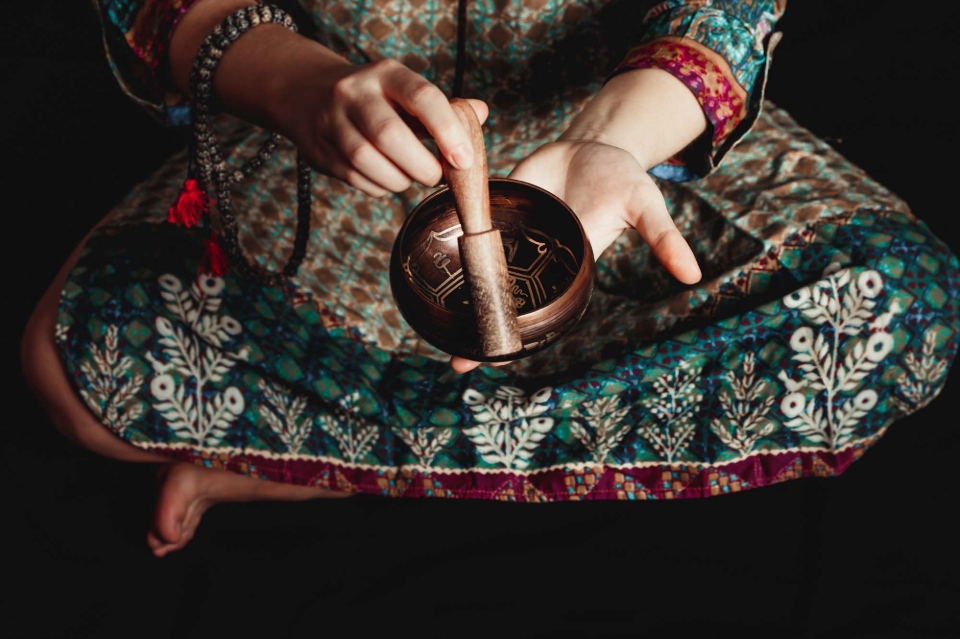
I’d been travelling in India before making my way to Nepal. When we first crossed the border, the contrast between the two countries was evident. We went from chaotic streets with tuk tuks coming at you in every direction, to more of a calm and peaceful atmosphere, with a landscape so beautiful it took my breath away.
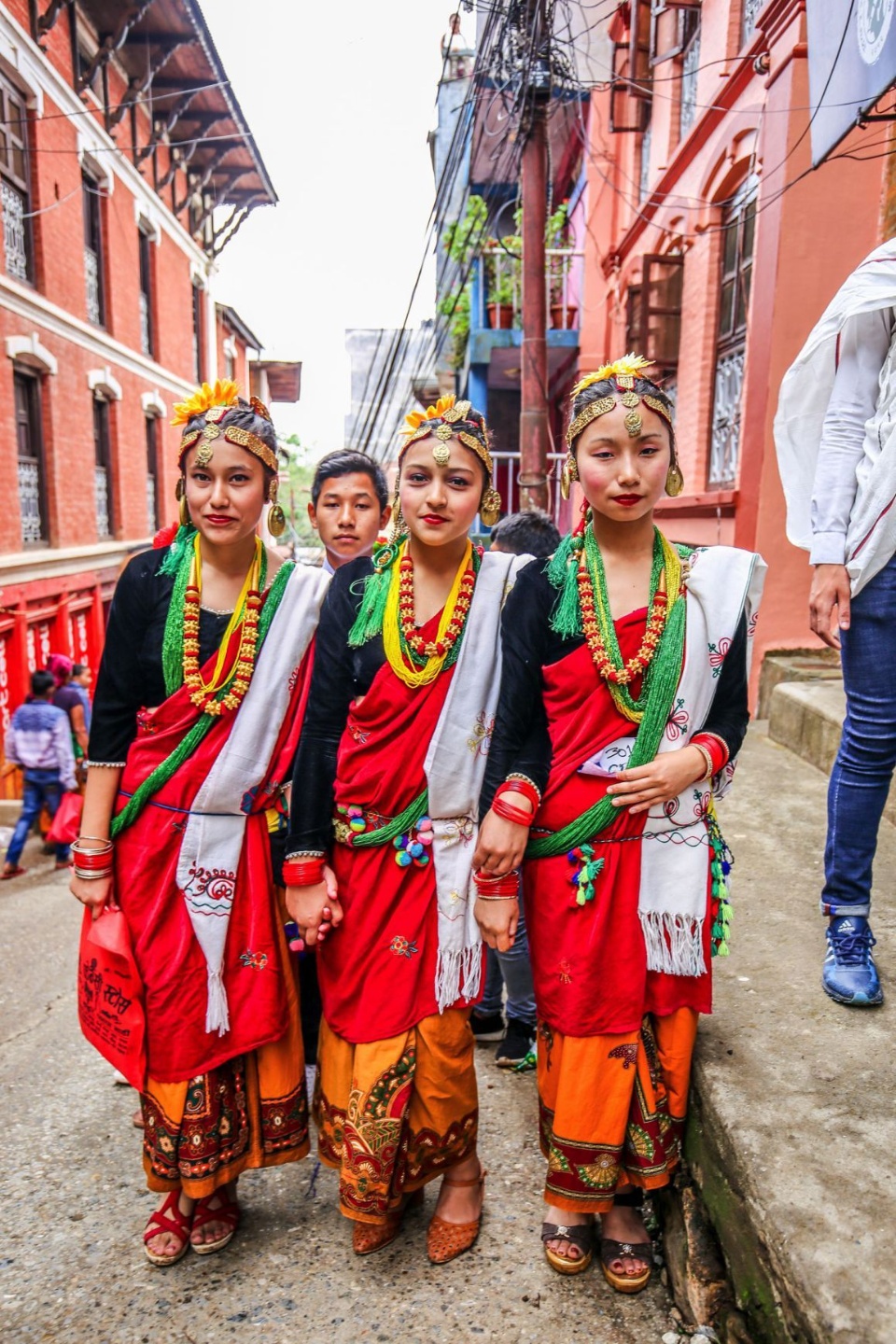
A Homestay of Traditions
Our first stop was the Barauli Community Homestay, located close to Chitwan National Park, Nepal’s first national park. As we drove through the tiny towns leading to the homestay, I couldn’t help but notice the curiosity of the people as they waved to us and us back to them. To be honest, going from chaotic India to what felt like the middle of nowhere, was a nice change, and being some of the only tourists there, felt to me like a privilege.
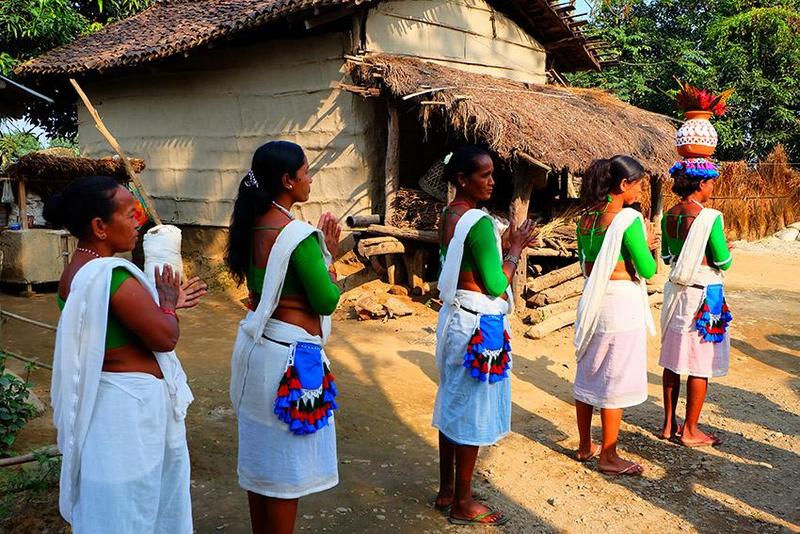
As we were pulling up to our homestay we were greeted by Tharu women wearing their traditional dress. Tharu is an ethnic group that is indigenous to the Terai, the southern foothills of the Himalayas that cross both India and Nepal. As we walked into the main property, a ritual mark of red paste called a tilak was placed on our foreheads and fresh flower garlands were put around our necks (a traditional mark of respect and honour). In a way, it felt like we should be giving them our praises instead of the reverse; we were so thankful for them letting us into their community.
Unlike other homestays where you might stay in a family’s house, the Barauli community brought together multiple families that owned the surrounding land to build huts to house their guests. The huts are taken care of by the family that owns the land it falls on. My hut was called Nanu, and I was pleasantly surprised when they opened our door to the cutest little cottage, which is where I’d call home for the next couple days.
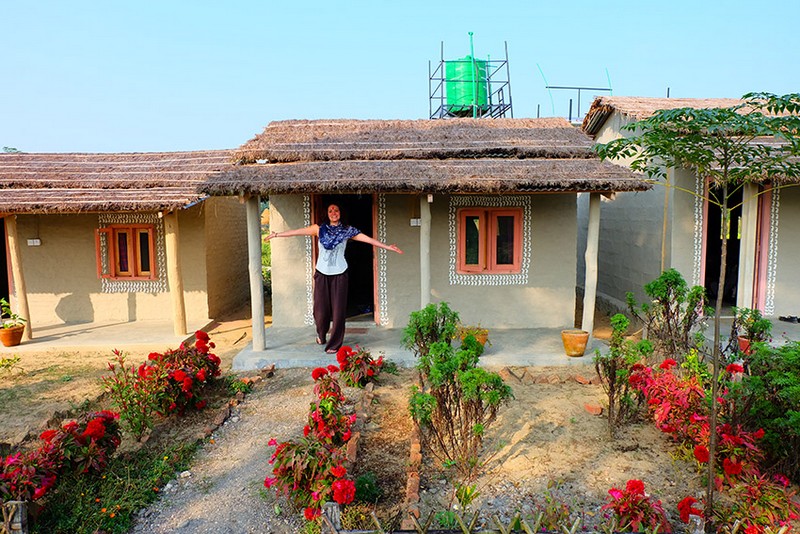
As part of the relief initiatives that G Adventures implemented following the devastating earthquake in Nepal in spring 2015, a portion of the funds raised through their non-profit The Planeterra Foundation were put toward building solar panels and water heater systems for the Barauli Community Homestay. These solar panels and water systems were built to service these 11 family-owned cottages, which included we’d be staying in.
Sunsets And Soups
I’ve always had an appreciation for the silence of nature, and after the cacophonies in India, I had a whole new appreciation for it. I headed out on the road with some of the others to take a walk around the community. The dirt roads were lined with brightly painted houses with families and children playing out front. Chickens and chicks wobbled around the front yards, and the local dogs acted as our tour guides.
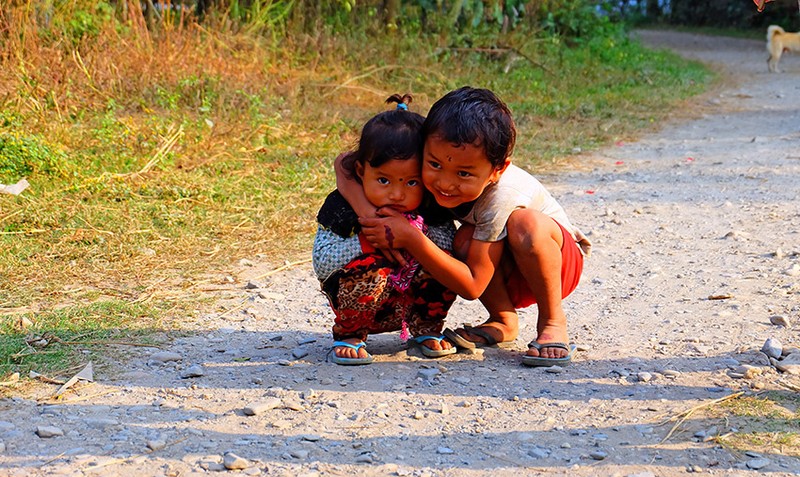
Before the sun went down, we hopped on some bikes that were available for us to rent and headed down to the Narayani River (which borders Chitwan National Park) for sunset.
After sunset, we returned to our homestay where we were treated to a traditional performance by some of the villagers. The performer’s families all gathered around as we watched them take us through a few traditional dances and songs, including the famous Tharu stick dance. As the last dance performance of the night started, all of us were pulled to our feet to dance with the locals.
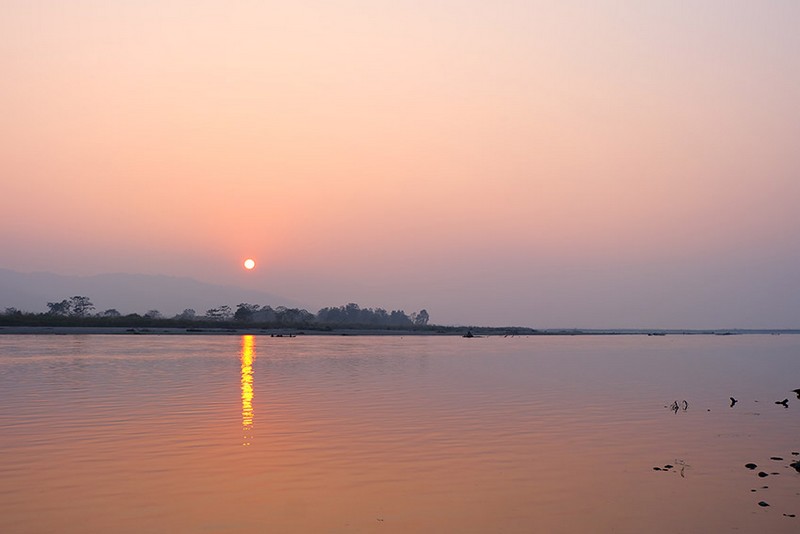
To end the night, we had a delicious traditional Nepali meal, dal-bhat-tarkari (a soup made of lentils and spices, rice, and vegetable curry), and sat by a bonfire for a relaxing night in the calm, peaceful village.
Very rarely are we given the opportunity to experience local living, and when you are given the chance, you feel honoured and grateful. It takes a lot of trust for a community to let tourists in, but there’s another level of selflessness required to invite groups onto your property and into your home. The Barauli community in particular doesn’t get to benefit strongly from tourism due to the town’s position on the opposite side of Chitwan National Park. This homestay is actually the first time the Tharu community has been engaged with the tourism industry. My experience visiting their community was one that I’m never going to forget, and I’m grateful to have had the chance to give back in such a way.
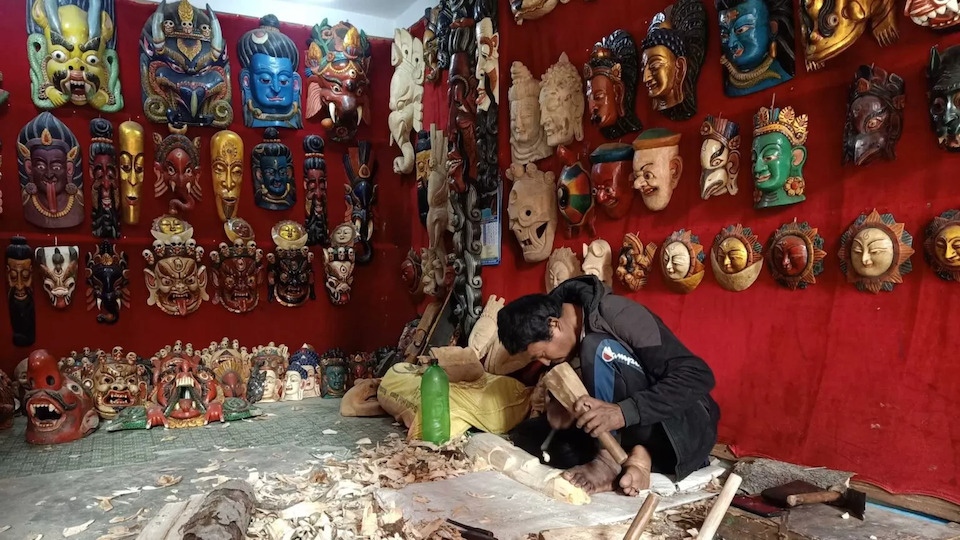
Read more Nepal guid here.


